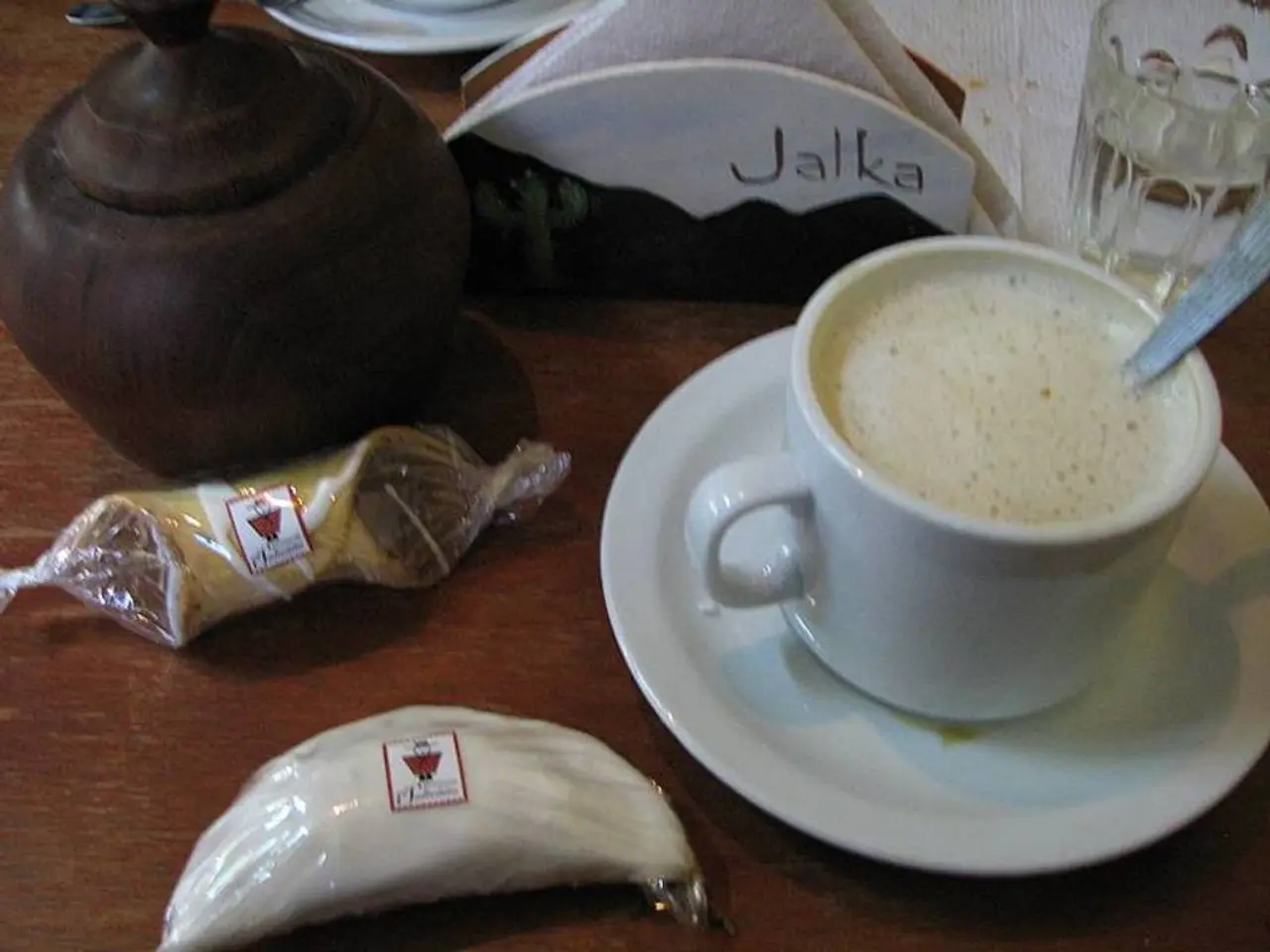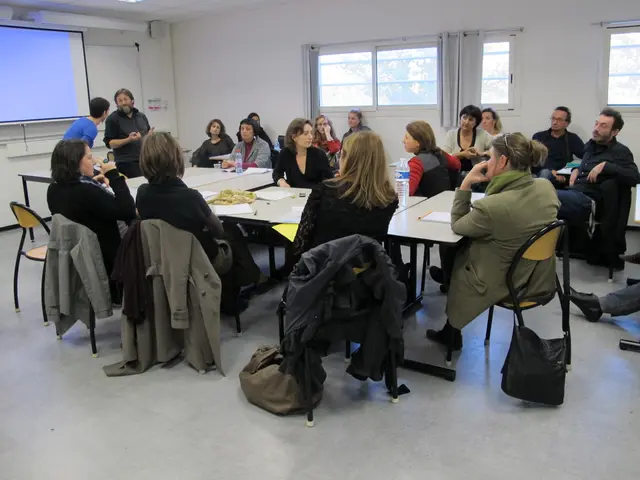New Study Unveils Human Milk's Cellular Complexity, Offering Insights into Infant Development
A groundbreaking 2025 study by Dr. Anna Schmidt, Dr. Markus Weber, and Dr. Julia Keller has shed light on the intricate cellular composition of human milk, revealing its potential for understanding infant development and pioneering therapeutic interventions. However, the complexity of milk cells brings both challenges and opportunities for research.
Human milk contains a diverse array of cell types, including various epithelial and immune cells, making it an invaluable resource for studying mammary gland physiology and pathology non-invasively. Yet, this diversity also introduces complexity, with factors such as donor variability, lactation stage, and environmental exposures influencing milk cell heterogeneity.
Researchers face challenges in isolating intrinsic cellular behaviors, as maternal variables like nutritional status, psychological stress, and infections can significantly impact milk cell viability and gene expression. Additionally, the presence of immune cells in milk samples can complicate studies aiming to isolate epithelial-specific features, requiring rigorous cell separation and purification methods.
Despite these challenges, recent advances in breast biology have enabled the use of cutting-edge single-cell analysis techniques. These methods allow researchers to distinctly identify epithelial subpopulations and decipher cellular heterogeneity and dynamics with unprecedented resolution. However, cell viability and the need for customized culture conditions can vary between donors, adding complexity and cost to research workflows.
The accessibility of human milk fosters the potential for repeated, non-invasive sampling, enabling longitudinal studies tracking lactation dynamics in the same individual over time. As our understanding of human milk's cellular intricacies grows, so does the potential for enhancing our understanding of infant development and pioneering new therapeutic interventions. However, researchers must navigate the complexities of milk cells to fully harness this potential.







